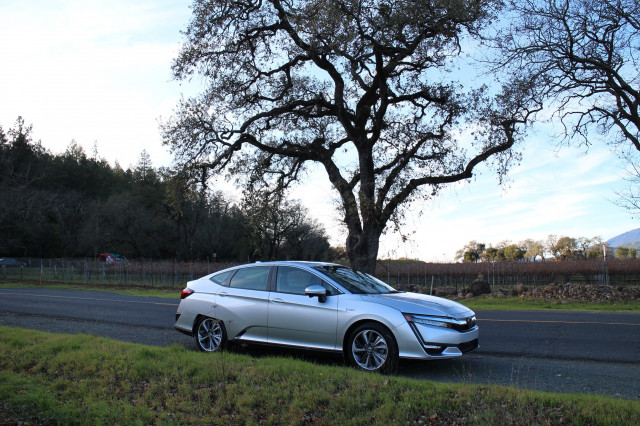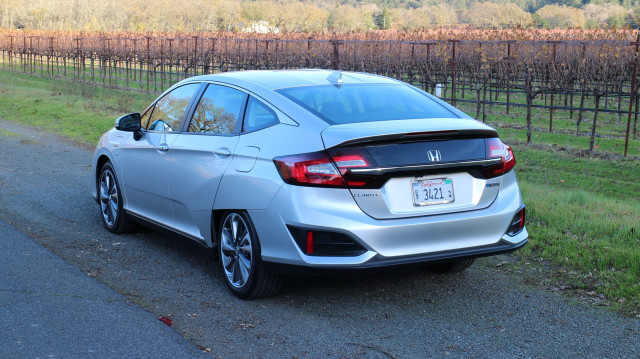At the beginning of the month, Tesla noted that it had gotten Model 3 production up to 2,000 cars a week at the end of March. More recently, Tesla CEO Elon Musk told CBS that Tesla had produced 2,070 Model 3s in the week leading up to April 10.
If you assume Tesla stalls at approximately 2,000 cars a week for the whole month, that’s still over 8,000 Model 3 electric super-sedans produced in April.
If you assume Tesla makes its way up to 2,500/week in the second half of the month, that means over 9,000 Model 3s. If you get bullish and expect that Tesla will jump to 3,000/week in that time period, we’re talking perhaps 10,000 Tesla Model 3s in April.
Does that match Tesla’s target over the past 6 months for this time period? No — as we all know all too well. But as Kurt Lowder noted recently, you can’t really say Tesla’s late when it’s so far ahead of everyone else and is moving as fast as it can. To quote Ashanti and Ja Rule, “I’m not always there when you call, but I’m always on time.“
It’s somewhat interesting estimating Tesla Model 3 production/delivery numbers, but more interesting is putting those numbers into context. One of my favorite ways to do that is to compare to other cars in the Model 3’s segment. That means the Audi A4/A5, BMW 2 Series/3 Series/4 Series, Jaguar XE, Volvo S60, etc.
We can expect sales of these models to be fairly similar in April to what they were in March, but I’ll round all their numbers up to give them the benefit of the doubt. Just highlighting fairly popular models and their close siblings, here’s what I get:
| Models |
April Sales Estimate
|
| Acura TLX | 4,100 |
| Audi A4 + A5 | 5,900 |
| BMW 2/3/4 Series | 9,400 |
| BMW i3 | 1,000 |
| Cadillac ATS | 1,500 |
| Infiniti Q50 + Q60 | 6,300 |
| Jaguar XE | 700 |
| Lexus RC + IS | 2,600 |
| Mercedes C/CLA-Class | 7,000 |
| Tesla Model 3 (low est.) | 8,000 |
| Tesla Model 3 (high est.) | 10,000 |
As you can see, the Tesla Model 3 is now more or less at the top of the table even if you add up the sales of somewhat similar models from each brand.
If you go a step further and expect that Tesla gets up to production of 5,000 Model 3s per week at some point in the coming quarter — and that US demand holds steady around that number — then the Model 3 will absolutely crush the competition in this class before the end of the year.
That said, as we’ve pointed out before, it may make more sense to pit the Model 3 against leaders in the non-luxury midsize car segment. The Toyota Camry sees approximately 35,000 sales a month, the Honda Accord and Nissan Altima 24,000 each, the Ford Fusion 16,000, the Chevy Malibu 15,000, the Hyundai Sonata 11,000, and the Kia Optima 8,000. The numbers those cars see cover everything from the near-term estimate for the Model 3 (8,000–10,000/month) to one of the most ambitious targets I’ve seen (40,000/month).
Unless you’re really super, über, extremadamente pessimistic, though, it looks like the Tesla Model 3 has already risen to the top of the small & midsize luxury car category and may soon be targeting the podium of the overall midsize car segment in the United States. Not too shabby for an “impossible” car that “will never actually get produced.”

































































